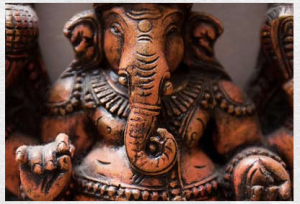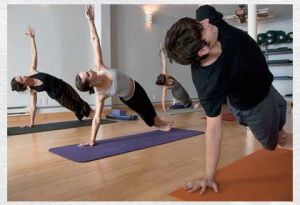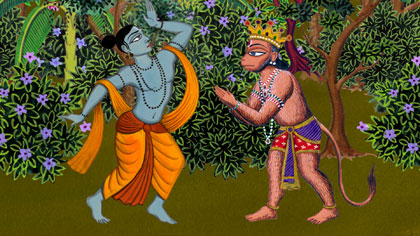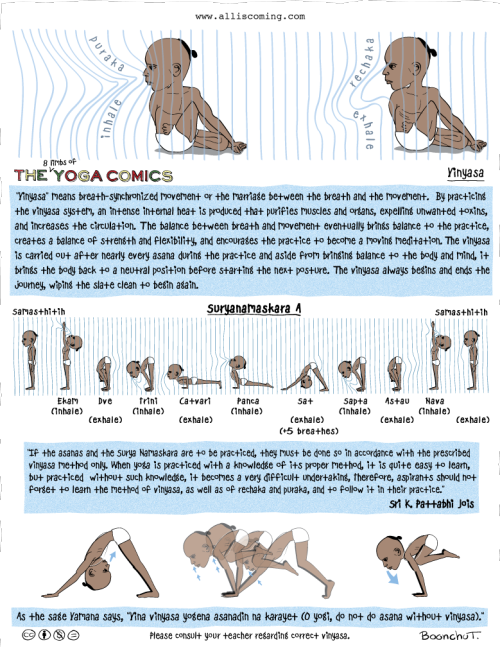Visiting Teacher: Krista Shirley
MYSORE CLASSES
Monday-Friday April 16-25.
PRACTICE+THEORY
Sunday, April 20 from 9-11:30am.
Led primary series followed by a discussion on practice.
New students and beginners are welcome to attend.
About Krista:
Krista Shirley is a KPJAYI Level 2 Authorized Ashtanga yoga teacher and owner/head teacher at The Yoga Shala in Orlando, Florida.
Krista has been a dedicated student and practitioner of Ashtanga yoga for over a decade. She found this practice in college and it touched her so deeply she traveled down a path different than what was originally laid out for her. After graduation she started traveling the world delving deeper into her yoga studies. After meeting Shri K. Pattabhi Jois in a workshop in New York in 2004 Krista knew she had found her Guru – his essence was undeniable, his spirit light and loving, and his vast knowledge of asana, Sanskrit, chanting and philosophy was an endless well to draw from. Krista has made eight trips to Mysore, India to study at the Krishna Pattabhi Jois Ashtanga Yoga Institute (KPJAYI) in order to study with Guruji and Sharath, connect to this lineage and feel the essence of this living parampara. In 2009 Krista received Level 2 Authorization by the Krishna Pattabhi Jois Ashtanga Yoga Institute to teach both the Primary and Intermediate series. She is currently learning the Advanced A Series.
Krista’s dedication to her personal yoga practice and the Ashtanga lineage shine through in her teaching. Her energy is contagious and inspiring! Krista specializes in meeting each student where they are, helping them not only create a habit of daily practice, learn the sequence of asanas, work towards physical mastery of the postures, but also helping each student go inside themselves to heal old wounds, forgive old hurts, let go of the things in their lives that no longer serve them. Krista is here to help you begin or advance your Ashtanga Yoga journey and looks forward to sharing this transformational and enriching practice with you.
About Mysore:
“Mysore style” is traditionally practiced silently, with individual instruction, and is named after Mysore, India, where Ashtanga yoga originated and was taught by Sri K Pattabhi Jois for many years. Anyone is welcome to come to this class. Students will work at their own pace, according to his or her individual needs, while Krista walks around the room providing hands on adjustments and verbal instruction as needed. If you do not have the primary series memorized, you will spend your first few weeks in class repeating bits of the standing sequence until it is committed to memory. At that point, you will come in daily, do your sun salutations, standing postures, seated postures and finishing postures on your own, under the guidance of your teacher. Mysore style is the absolute best way to learn and practice Yoga. It enables you to create a dedicated, daily practice that will take you infinitely deeper into the peace and calm a quiet mind and strong body can provide.
Ashtanga Yoga, done daily, will increase flexibility, strength, endurance, and physical and mental balance; it will cleanse the internal systems of the body and provide a healthy source of focus and dedication in ones life – something everyone needs!
About Led:
Ashtanga Primary Series - Yoga Chikitsa (Yoga Therapy):
This traditional sanskrit counted class will explore the fundamentals of the Ashtanga Yoga Method in a led/guided classroom setting.: The Vinyasa system, expanding the breath, and the principles of the bandhas and drishti. Experience continuous movement with breathe learning the harmonious flow of the first series in its traditional form. Primary Series will cover the Sun Salutation, standing postures, seated postures and all finishing postures from the Ashtanga Yoga tradition. This class is recommended for those already exposed to Ashtanga Yoga practice.
MYSORE CLASSES
Monday-Friday April 16-25.
PRACTICE+THEORY
Sunday, April 20 from 9-11:30am.
Led primary series followed by a discussion on practice.
New students and beginners are welcome to attend.
About Krista:
Krista Shirley is a KPJAYI Level 2 Authorized Ashtanga yoga teacher and owner/head teacher at The Yoga Shala in Orlando, Florida.
Krista has been a dedicated student and practitioner of Ashtanga yoga for over a decade. She found this practice in college and it touched her so deeply she traveled down a path different than what was originally laid out for her. After graduation she started traveling the world delving deeper into her yoga studies. After meeting Shri K. Pattabhi Jois in a workshop in New York in 2004 Krista knew she had found her Guru – his essence was undeniable, his spirit light and loving, and his vast knowledge of asana, Sanskrit, chanting and philosophy was an endless well to draw from. Krista has made eight trips to Mysore, India to study at the Krishna Pattabhi Jois Ashtanga Yoga Institute (KPJAYI) in order to study with Guruji and Sharath, connect to this lineage and feel the essence of this living parampara. In 2009 Krista received Level 2 Authorization by the Krishna Pattabhi Jois Ashtanga Yoga Institute to teach both the Primary and Intermediate series. She is currently learning the Advanced A Series.
Krista’s dedication to her personal yoga practice and the Ashtanga lineage shine through in her teaching. Her energy is contagious and inspiring! Krista specializes in meeting each student where they are, helping them not only create a habit of daily practice, learn the sequence of asanas, work towards physical mastery of the postures, but also helping each student go inside themselves to heal old wounds, forgive old hurts, let go of the things in their lives that no longer serve them. Krista is here to help you begin or advance your Ashtanga Yoga journey and looks forward to sharing this transformational and enriching practice with you.
About Mysore:
“Mysore style” is traditionally practiced silently, with individual instruction, and is named after Mysore, India, where Ashtanga yoga originated and was taught by Sri K Pattabhi Jois for many years. Anyone is welcome to come to this class. Students will work at their own pace, according to his or her individual needs, while Krista walks around the room providing hands on adjustments and verbal instruction as needed. If you do not have the primary series memorized, you will spend your first few weeks in class repeating bits of the standing sequence until it is committed to memory. At that point, you will come in daily, do your sun salutations, standing postures, seated postures and finishing postures on your own, under the guidance of your teacher. Mysore style is the absolute best way to learn and practice Yoga. It enables you to create a dedicated, daily practice that will take you infinitely deeper into the peace and calm a quiet mind and strong body can provide.
Ashtanga Yoga, done daily, will increase flexibility, strength, endurance, and physical and mental balance; it will cleanse the internal systems of the body and provide a healthy source of focus and dedication in ones life – something everyone needs!
About Led:
Ashtanga Primary Series - Yoga Chikitsa (Yoga Therapy):
This traditional sanskrit counted class will explore the fundamentals of the Ashtanga Yoga Method in a led/guided classroom setting.: The Vinyasa system, expanding the breath, and the principles of the bandhas and drishti. Experience continuous movement with breathe learning the harmonious flow of the first series in its traditional form. Primary Series will cover the Sun Salutation, standing postures, seated postures and all finishing postures from the Ashtanga Yoga tradition. This class is recommended for those already exposed to Ashtanga Yoga practice.

















































